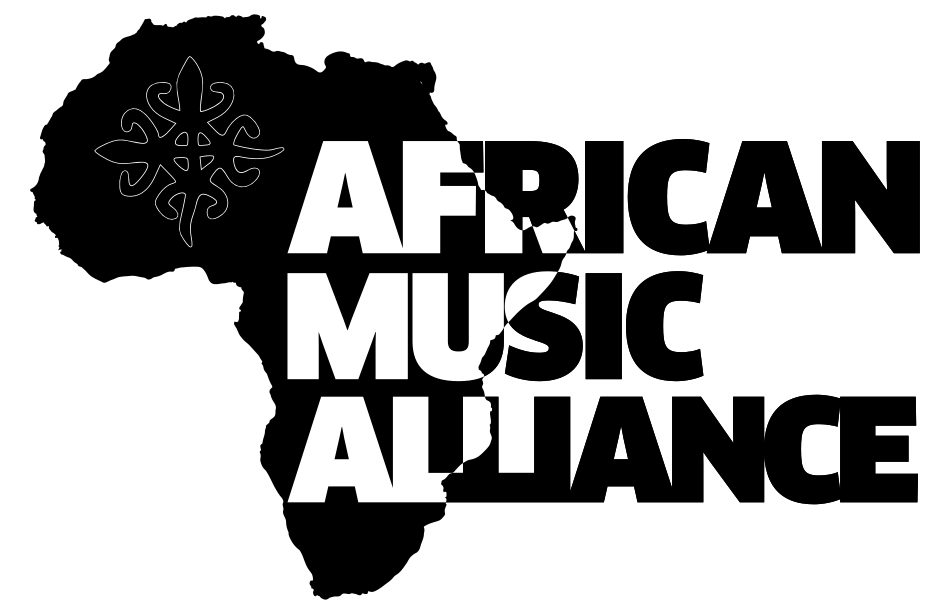Diversity Gap in Media
Media has the power to shape perceptions, build bridges, and inspire change. Yet, a significant gap persists in how diverse communities are represented in media leadership and storytelling. This diversity gap in media isn’t just a missed opportunity—it’s a pressing issue that affects us all.
The Scope of the Problem:
- Despite progress, less than 10% of global media executives are Black or POC professionals.
- Women of colour are even more underrepresented in leadership roles.
- This lack of representation perpetuates stereotypes, limits authentic storytelling, and alienates diverse audiences.
Why Closing the Gap Matters:
- Creativity Thrives Through Inclusion:
Diverse teams bring fresh perspectives, leading to more innovative content. - Audience Demand:
Consumers want to see themselves represented on screen and behind the scenes. - Economic Growth:
Diverse media companies outperform their peers financially, proving that inclusion is a smart business move.
Examples of Change:
- After Outcry: Hollywood studios have shifted practices to embrace inclusive casting, with films like Crazy Rich Asians and Black Panther breaking records.
- Diverse Newsrooms: Outlets like The Guardian are actively hiring journalists from underrepresented groups to reshape narratives.
What Can Be Done?
- Invest in Talent Pipelines: Early-career development programs can prepare diverse professionals for leadership.
- Conduct Diversity Audits: Companies must analyze their gaps and implement actionable strategies to improve.
Conclusion:
The media industry has the power to influence society—but it must reflect the society it serves. At D.I.M.E.S., we’re working to close this gap through advocacy, education, and partnerships.
Join us in building a better future at wearedimes.org.





